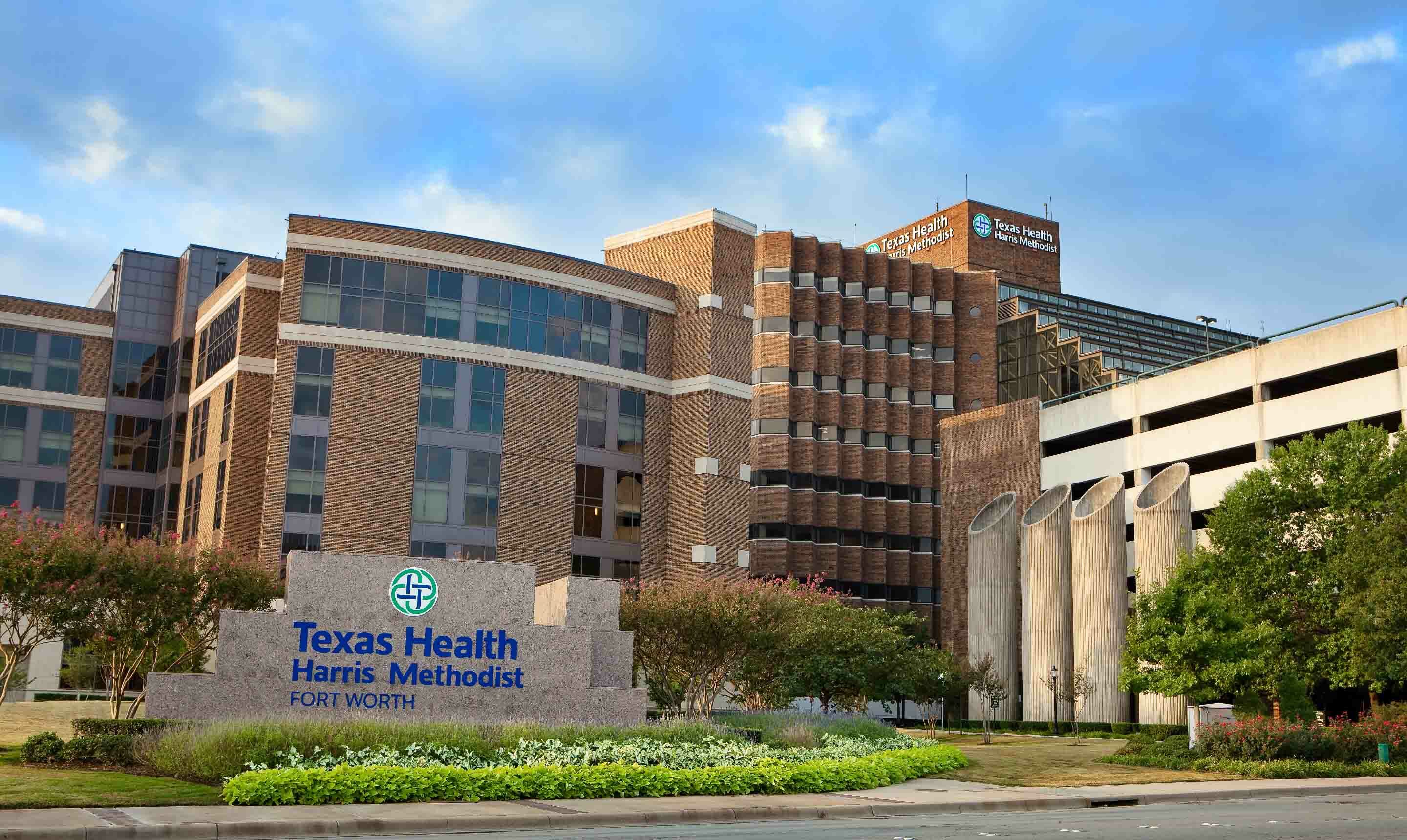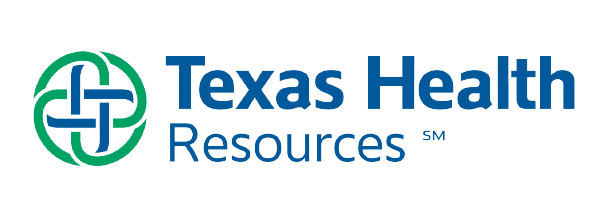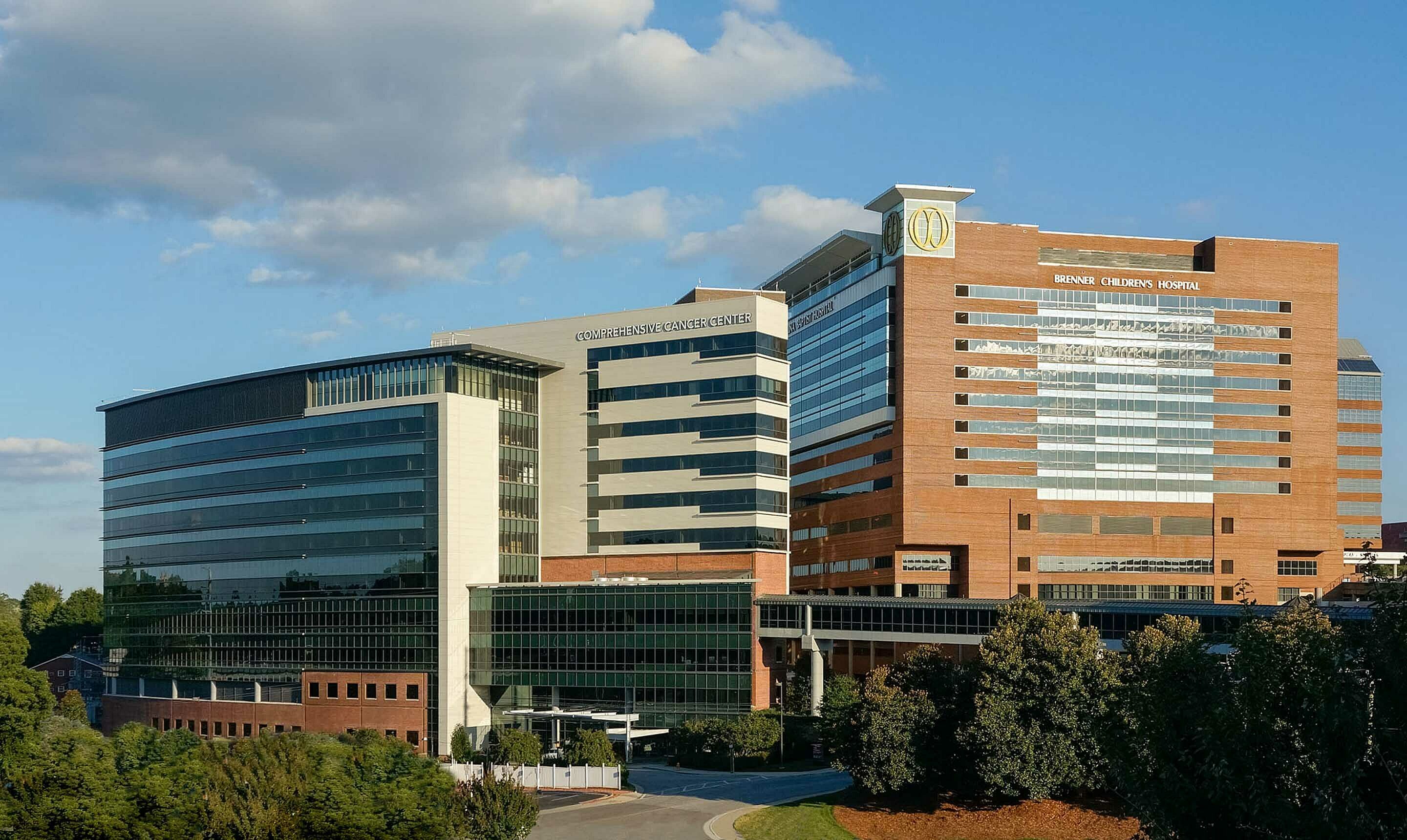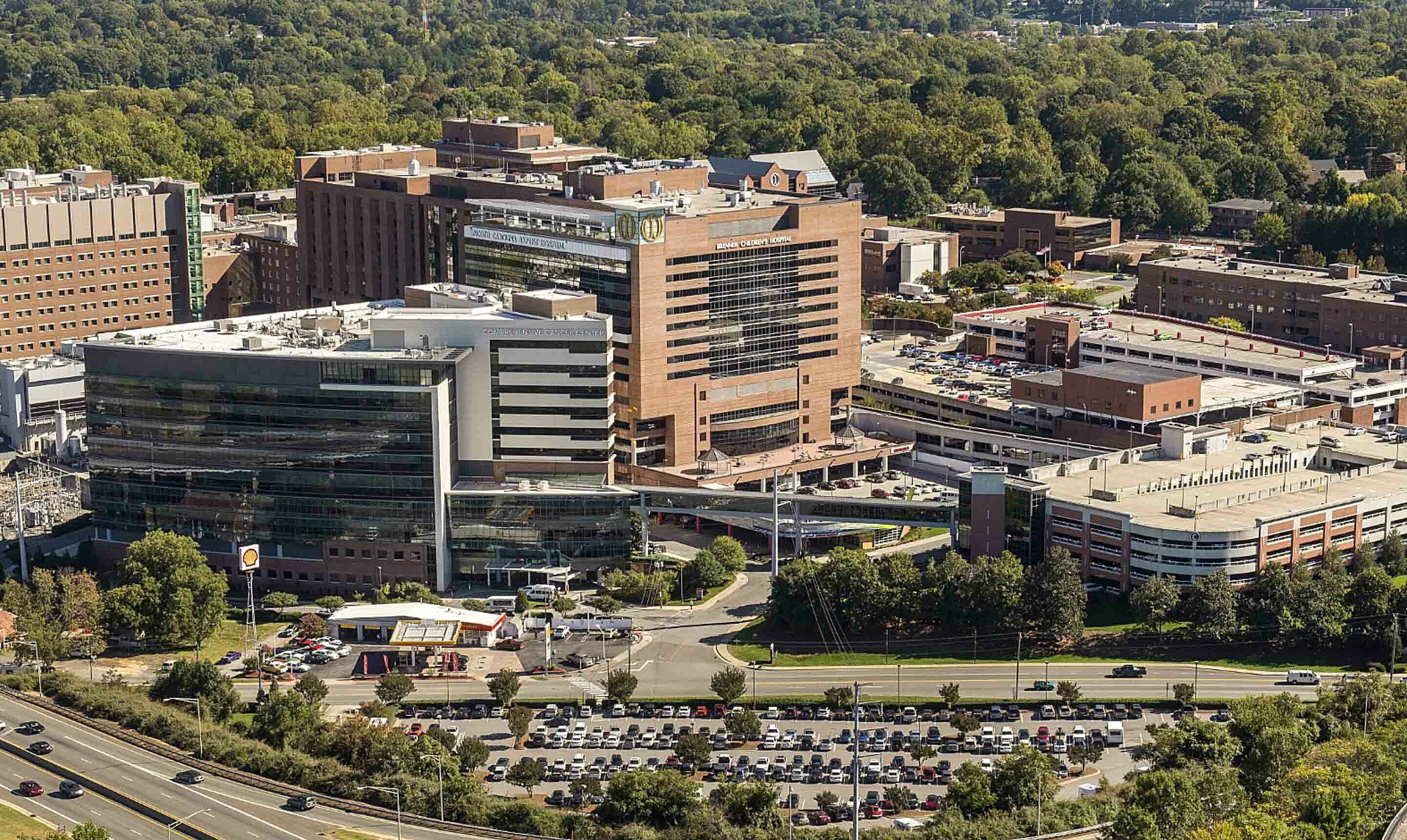The Situation
During a recent construction project, Texas Health Resources (THR) was given an opportunity to rethink their approach to healthcare delivery and the role technology could play in improving the patient experience. In an effort to build the “Hospital of the Future” and move beyond a “business as usual” approach, hospital executives explored the potential virtues of a mobile health culture. Ultimately, they elected to build a next-generation wireless system into their new construction project. THR leveraged a real-time location system (RTLS) to automate non-value added tasks to connect caregivers to equipment, patients and one another.
The Solution
During a measles outbreak in Fort Worth, Texas, THR leveraged RTLS data to implement an effective communications strategy. Since all of their patients and staff were tagged, the facility was able to run a report which showed all team members’ schedules and location.
The activating principle for this system integration is ‘measuring and managing the patient journey’ where the entire patient experience can proceed in an efficient and clinically effective manner.
- Kathi Cox, Senior Director, System Integration & Innovation Office
They ran this data against a current vaccinations report, and were able to send out targeted messages to those who came in contact with an infected patient and whether or not they were at risk. The location-enabled data prevented the confusion and panic a mass email (to non-relevant hospital staff) could of caused.
The new department “Mission Control” was created with the sole purpose of improving internal logistics and workflow efficiency. RTLS enables the team to manage call codes, operators, mobile equipment, patient transport, oxygen tanks, equipment PAR-levels, etc., all of which lead to an increase in resource efficiency and utilization.
The Benefits
An algorithm was developed to prioritize all tasks related to patient care, patient transport, patient flow, and capacity management. This increased efficiency by allocating 100% of staff resources to transport during peak times, and by assigning administrative tasks for off-peak hours. There was also increased patient capacity and decreased length of stay, with the addition of room status visibility.







